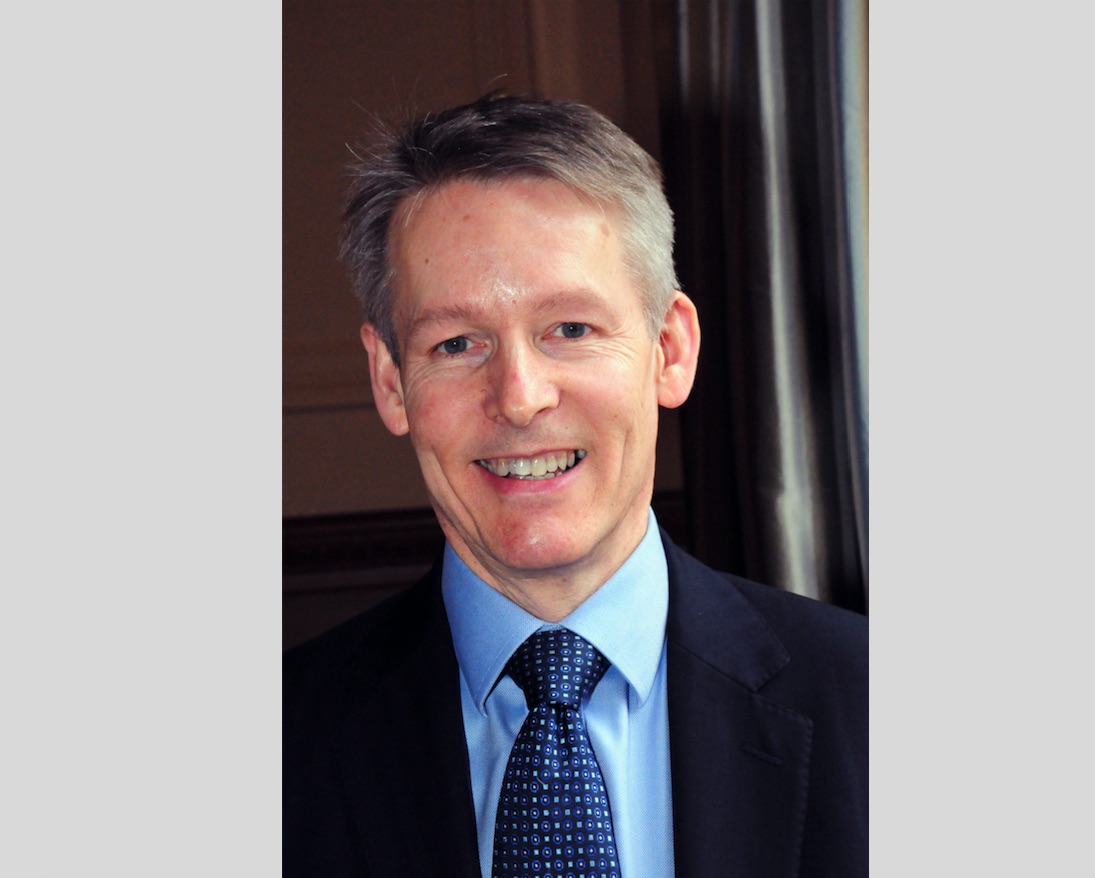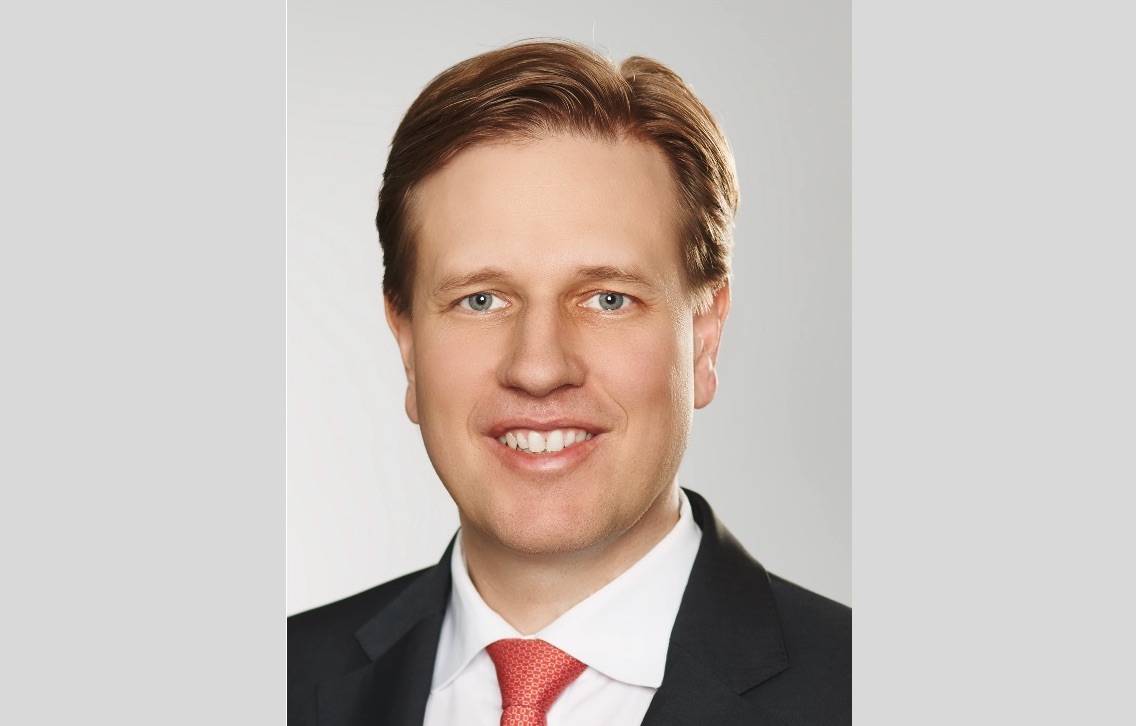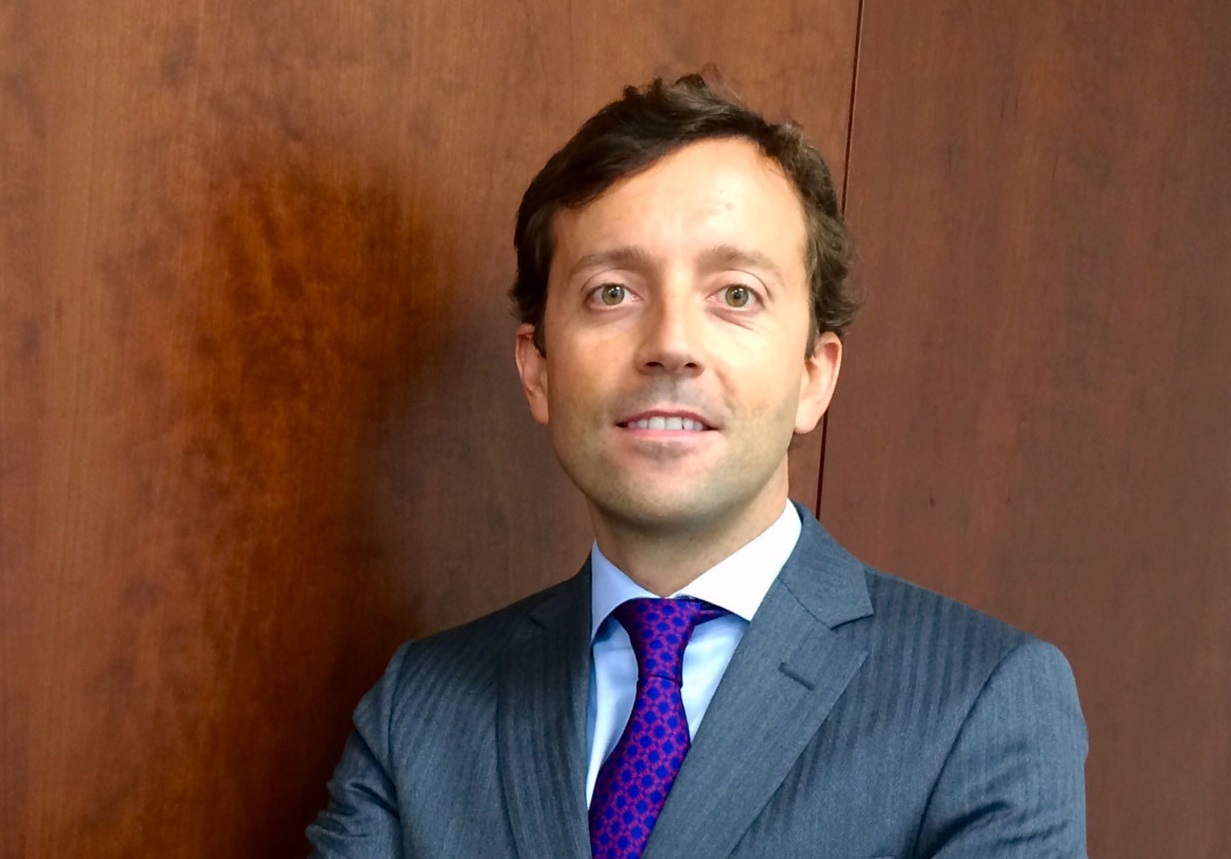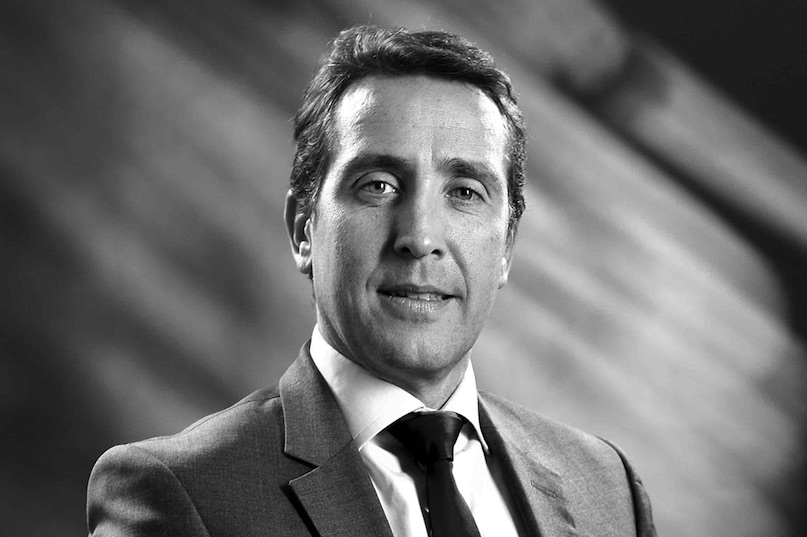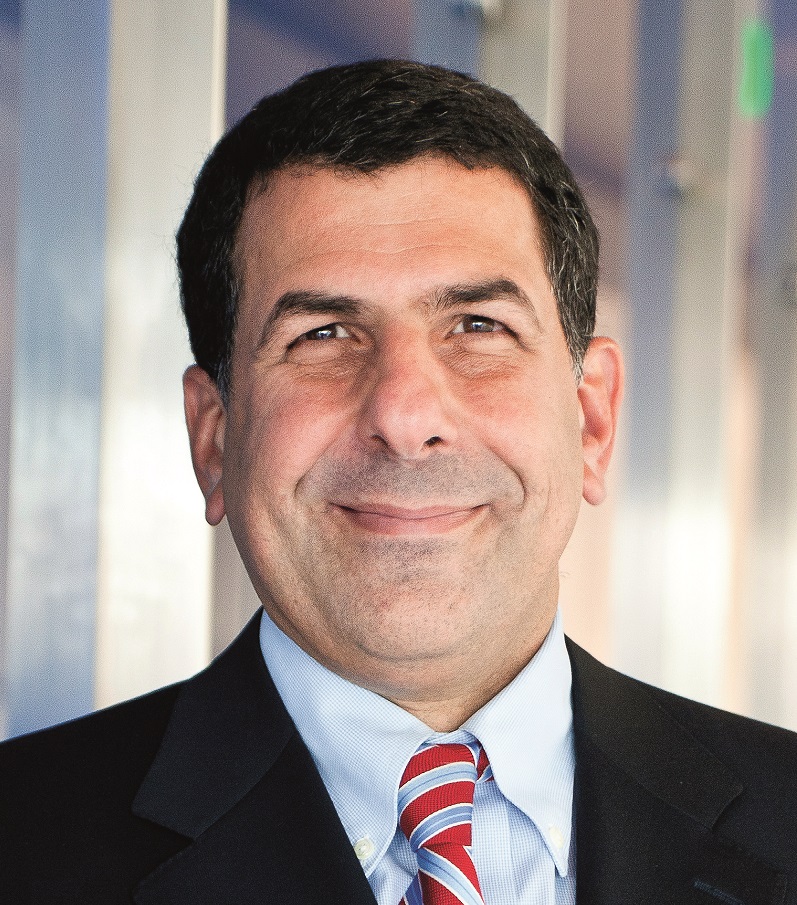Pioneer Investments: “In 2017, Europe will Experience the Highest Profit Growth that it has Seen in Recent Years”
| For Fórmate a Fondo | 0 Comentarios
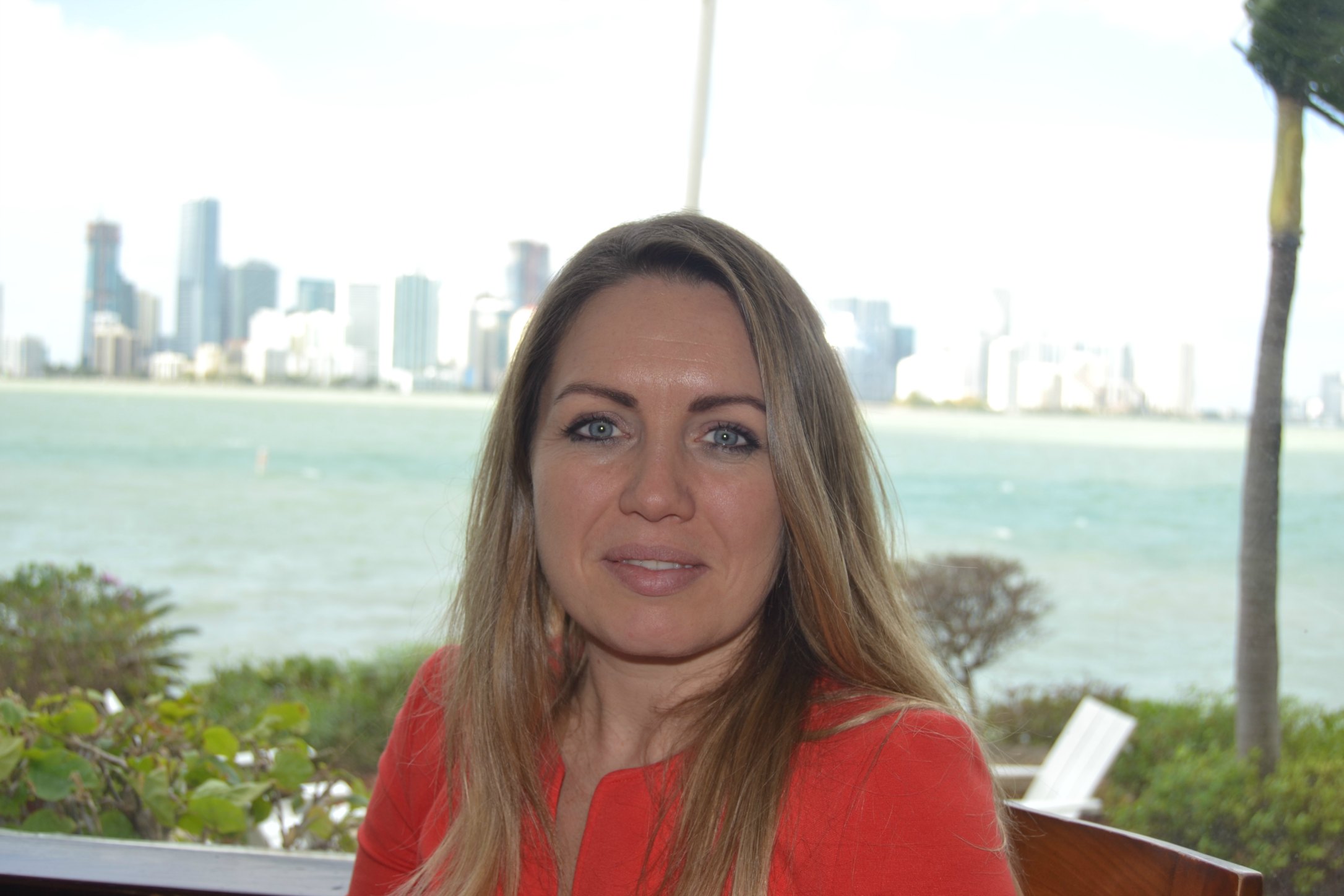
Clearly, 2016 has been a transition year for European equities. A true roller-coaster with dizzying news and an unexpected end to market rebounds due to President Trump’s arrival to the White House as US President. The recovery of investor confidence with which we have started the year will give way to multiple uncertainties and geopolitical risks.
According to Fiona English, Client Portfolio Manager of Pioneer Investments with responsibility for European Equity, markets have long been waiting for a tipping point in Europe’s growth and profits. During the last 3 to 4 years, however, we have been disappointed again and again. This year will be different.
“Although political risk has increased, it is likely that growth will finally pick up in 2017, and I believe we will also see an increase in corporate profits for European companies. In addition, consumption is accelerating and figures in many other areas of the economy have proven to be resilient. Even “after the referendum in Italy the European market rebounded 5% with some indices returning close to 10%”, explains the fund manager.
Another argument in favor of European equities for 2017 is that, as a result of the political risks facing Europe, the authorities of the Old Continent have changed their position and are starting to now be more in favor of measures that stimulate growth as opposed to the prevailing austerity of recent years. And this, as has happened in the United States, is good for the stock markets, explains Fiona English.
Positive returns
In addition, European companies have a large global exposure. At least 50% of revenue comes from outside Europe and for Pioneer this means that once global growth improves, European companies should improve their results as well. It is a positive scenario that makes us modestly optimistic about what European equities can do this year. Looking ahead, I think this year the European stock markets are going to experience improvement in their dynamics and will generate positive returns,” says English.
For Pioneer Investments’ Client Portfolio Manager, that conviction does not mean that everything is going to be a bed of roses. The political risks facing Europe are many and are not about to disappear, which will mean that “the stock markets will experience periods of volatility and sales waves at certain times.” For example, after the rebound of the last quarter, as a result of the Trump effect, it is likely that “the stock markets will go through a period of consolidation during the next 3 or 4 weeks. Investors will want to reap profits in the short term.”
Correction could occur due to some of the geopolitical events that we have in sight for the next few months, or perhaps to some other event overlooked by the market (for example, China hasn’t caused any turmoil for a while now). These declines may be definitely good entry points into the market. The Pioneer fund manager also mentioned the generalized outflow of bond market investors, which will basically could result in an inflow into equities – providing support to the asset class
Growth or Value, what will win this year?
“We’ve had 6 or 7 years in which growth strategies have done better than the market in general, especially since GDP growth in Europe was so weak that for a portfolio to do well, it had to be in areas of the market where there was profit visibility. Emerging markets was one of those areas, and the United States was another,” said English.
What we have begun to see over the past 6 months, however, is a rotation as valuations in those markets have fallen, and secondly, inflation expectations have rebounded. In this respect, the Pioneer fund manager believes that, indeed, the value segments of the market are starting to look more attractive.
“What we, at Pioneer, don’t believe is that this should be an exclusion scenario of the type ‘either growth or value’. No, we believe that we must opt for both, quality securities within the market, and for stocks with good fundamentals. The best example of this is the financial sector. It should do well this year, but that does not mean we’re going to opt for any security within this sector. We have to include in the portfolio those entities that are going to endure the political and regulatory challenges looming on the horizon,” she concluded.
In short, a balanced portfolio with both management styles is what will help investors to sail through the numerous rough patches that are anticipated along the way.

